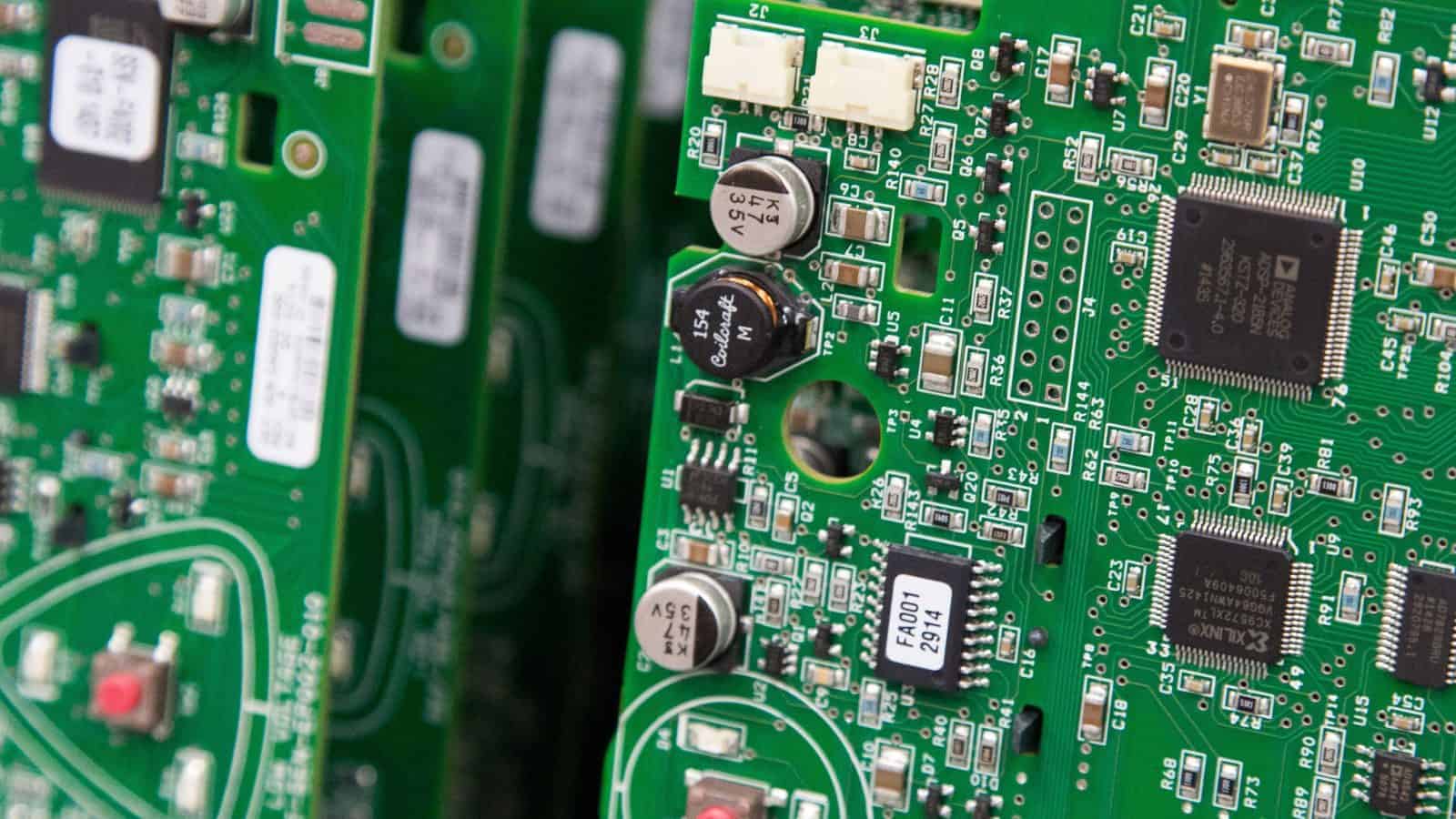State of Manufacturing: Resilient
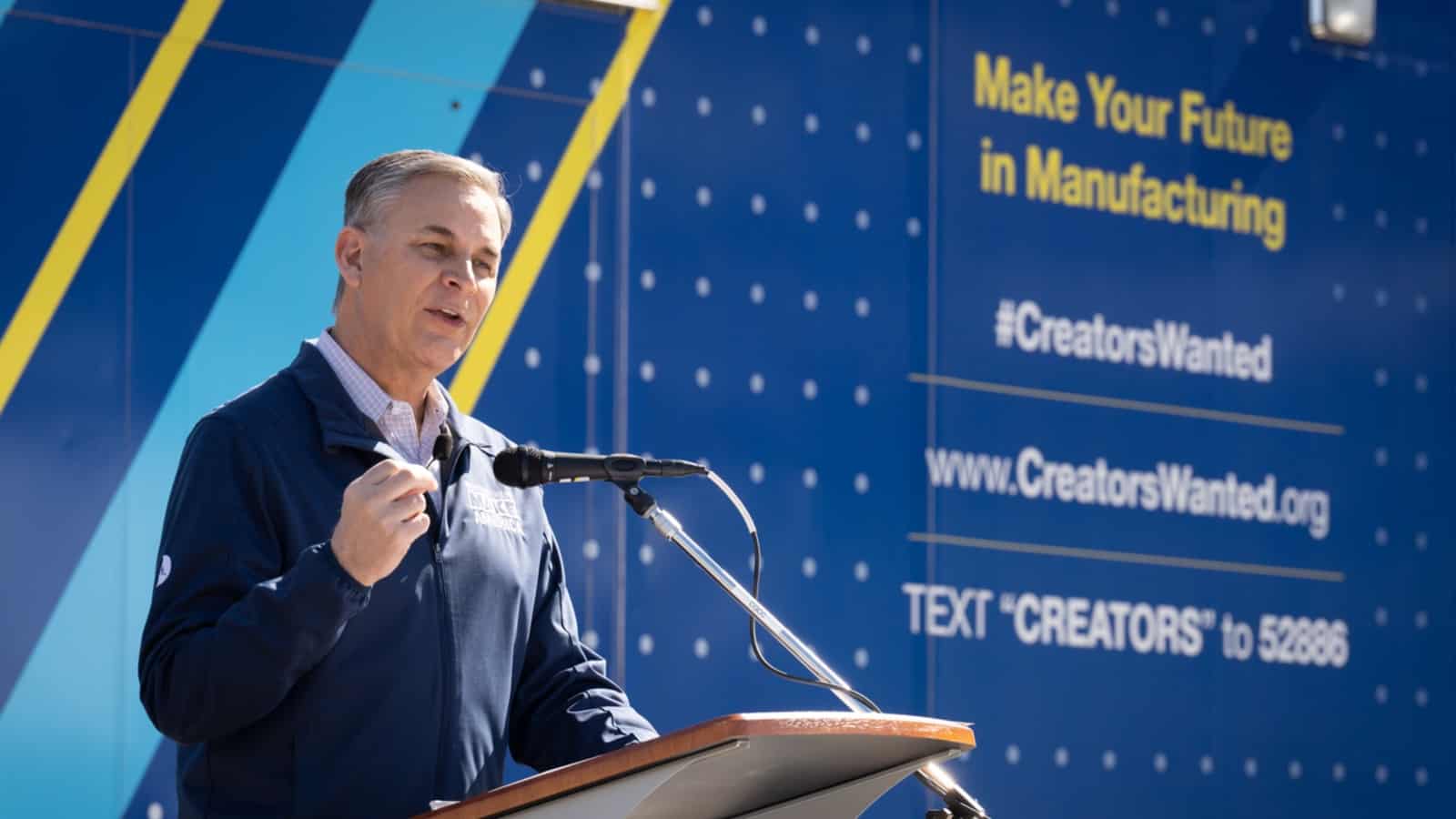
Workforce inspiration, COVID-19 safety, sound legislative policy, tax reform and democracy—these were the main themes NAM President and CEO Jay Timmons discussed during the NAM’s State of Manufacturing address Thursday at Chandler-Gilbert Community College Williams Campus in Mesa, Arizona.
Inspiring the workforce of tomorrow: Manufacturing is a high-tech, fast-paced, well-paying place to work, Timmons told the audience as he stood before the Creators Wanted Tour Live mobile experience, an initiative of the NAM and its workforce development and education partner, The Manufacturing Institute. But, he said, the industry has not been immune to the labor shortage.
- “For each of the past nine months, manufacturers in America have had more than 800,000 open jobs in our industry—800,000 chances to launch a well-paying career,” Timmons told the audience of college students, teachers and staff, as well as local manufacturers. “In Arizona, there were more than 11,000 openings in just the first 45 days of 2022.”
- Yet the state of U.S. manufacturing is, Timmons announced, resilient. “There’s hardly ever been more opportunities for future manufacturing workers. Innovators. Designers. Technicians. Creators. We’re a $2.57 trillion industry, with more than 12.5 million workers and counting. And the vast majority of manufacturing leaders say they are optimistic about the future.”
Getting policy right: Timmons also talked about the policy landscape and stressed the need for lawmakers to enact robust supply-chain, immigration-reform and competitiveness measures.
- “If we’re really going to outcompete China and other countries, then we need Congress to finish up the ‘global competitiveness bill’ they’re working on and get it to the president,” Timmons said.
- He added that coming legislation must include measures to bolster supply-chain resilience, combat goods counterfeiting and increase domestic semiconductor manufacturing.
“Rocket fuel” required: Following the passage of tax reform in 2017—which Timmons called “rocket fuel for our economy”—manufacturers have “kept our promises to raise wages, hire more workers and invest in our communities,” he said.
- “For more than a year, some politicians have tried to raise taxes on manufacturers,” Timmons said. “They tried it with the COVID-19 relief bill. They tried it with infrastructure. They tried it with Build Back Better. And three times, manufacturers said don’t do it. And we won. The voices of moderation in the Senate prevailed.”
- “But if tax reform is repealed or punitive measures, such as the ‘book tax,’ are passed, the U.S. economy will suffer,” Timmons said.
Safeguarding values: America’s values and institutions are what have made manufacturing possible, Timmons said, and we must defend them from the threats they now face.
- “Today, America faces new threats to our democracy, including those threats from within,” Timmons said. “And once again, manufacturers stand proudly on the side of protecting and preserving American democracy and our constitutional republic.”
Media mentions: News of Timmons’ address was picked up by national outlets including POLITICO Pro’s Morning Trade and Fox Business, and an op-ed by Timmons ran on Cleveland.com.
Point of emphasis: “I’ve always believed, and the past two years have reinforced, that manufacturers are in the business of causes greater than self. From building the arsenal to win a world war decades ago, to pioneering the treatments to defeat today’s diseases and pandemics, we change the world,” Timmons underscored in the wrap-up of the address.
Read Timmons’ full remarks here. Learn more about the Creators Wanted campaign and encourage students in your networks to RSVP for its Scottsdale, Arizona, showcase on March 7 here.
2022 STEP Ahead Award Winners Announced

Word is out – the recipients of this year’s STEP Ahead Awards have been announced.
What’s happening: Bestowed each year by the Manufacturing Institute, the NAM’s workforce development partner, the STEP Ahead Awards recognize outstanding women in the fields of science, technology, engineering and production (STEP). This year marks the honor’s 10th anniversary.
Why it matters: “The STEP Ahead Awards are central to the industry’s efforts to recognize and empower women,” said MI President Carolyn Lee. “Manufacturing is averaging more than 800,000 open jobs a month in the past year, and we can’t close that gap without closing the gender gap.”
- Recipients “serve as role models and have their own multiplier effect on the number of women in the workforce, paying it forward to help others find their way into a successful, rewarding career in modern manufacturing,” Lee said.
- Agreed 2022 STEP Ahead Chair Denise Rutherford: “The 2022 STEP Ahead Honorees and Emerging Leaders are excellent representatives of the exciting opportunities available in manufacturing. These remarkable women and the leadership they show help inspire the next generation of female leaders to consider careers in manufacturing.”
Gala to follow: The 130 recipients of the 2022 awards will be honored at an in-person Aril 28 gala in Washington.
See the full list of 2022 award recipients here.
Manufacturers Explore New Tech and Best Practices at MLC Master Class Series Events
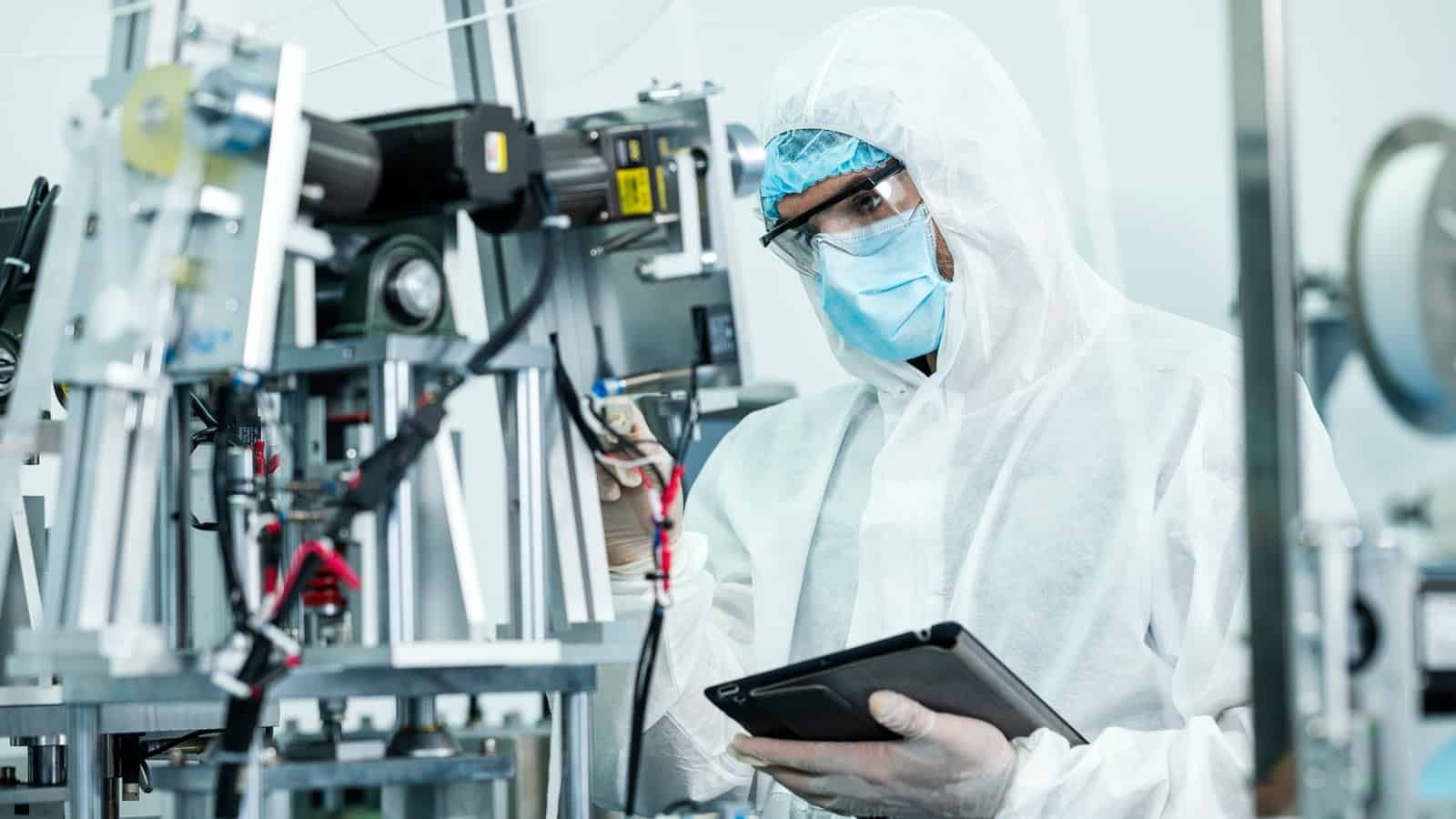
To help manufacturers navigate Manufacturing 4.0, the NAM’s Manufacturing Leadership Council launched the MLC Master Class Series. This series includes regular virtual events designed to explore new technologies, address pain points and showcase opportunities—all while connecting forward-thinking manufacturing leaders. Sessions in the series include interactive webinars, Technology Deep Dives and Tech Talks.
Webinars: With formats such as panel discussions, use cases and executive interviews, the Master Class webinars are especially beneficial to manufacturers who want to learn about the innovative technologies that have the potential to enhance their operations. These virtual sessions are a chance to hear directly from the digital manufacturing experts moving our industry forward. Content and discussions during these sessions provide insights on identifying, evaluating and implementing new technologies as well as providing strategies for leadership in the age of digital progress.
Deep dives: Deep dives are 60-minute interactive sessions that continue and expand the learning necessary to be successful with new technologies. They provide a more in-depth understanding of specific technologies, where they can be applied and how they can lead to new competitive advantages. Each deep dive also features short breakout sessions focused on either “How Do I Get Started?” or “How Do I Further Leverage?”
Tech talks: Tech talks are 30-minute candid conversations with subject-matter experts who provide insights into how specific technologies are designed to accelerate and drive the journey to Manufacturing 4.0. From purpose and adoption, to challenges with implementation and best practices on operations, MLC’s tech talks will enable you to stay abreast of new and evolving manufacturing technologies within the marketplace.
Master Class events take place throughout the year. Manufacturers at all stages of digital transformation are invited to participate in the entire series or choose individual events based on their needs and interests. To see upcoming classes and access recordings of past sessions, click here.
What Will Manufacturing Look Like in 2030?
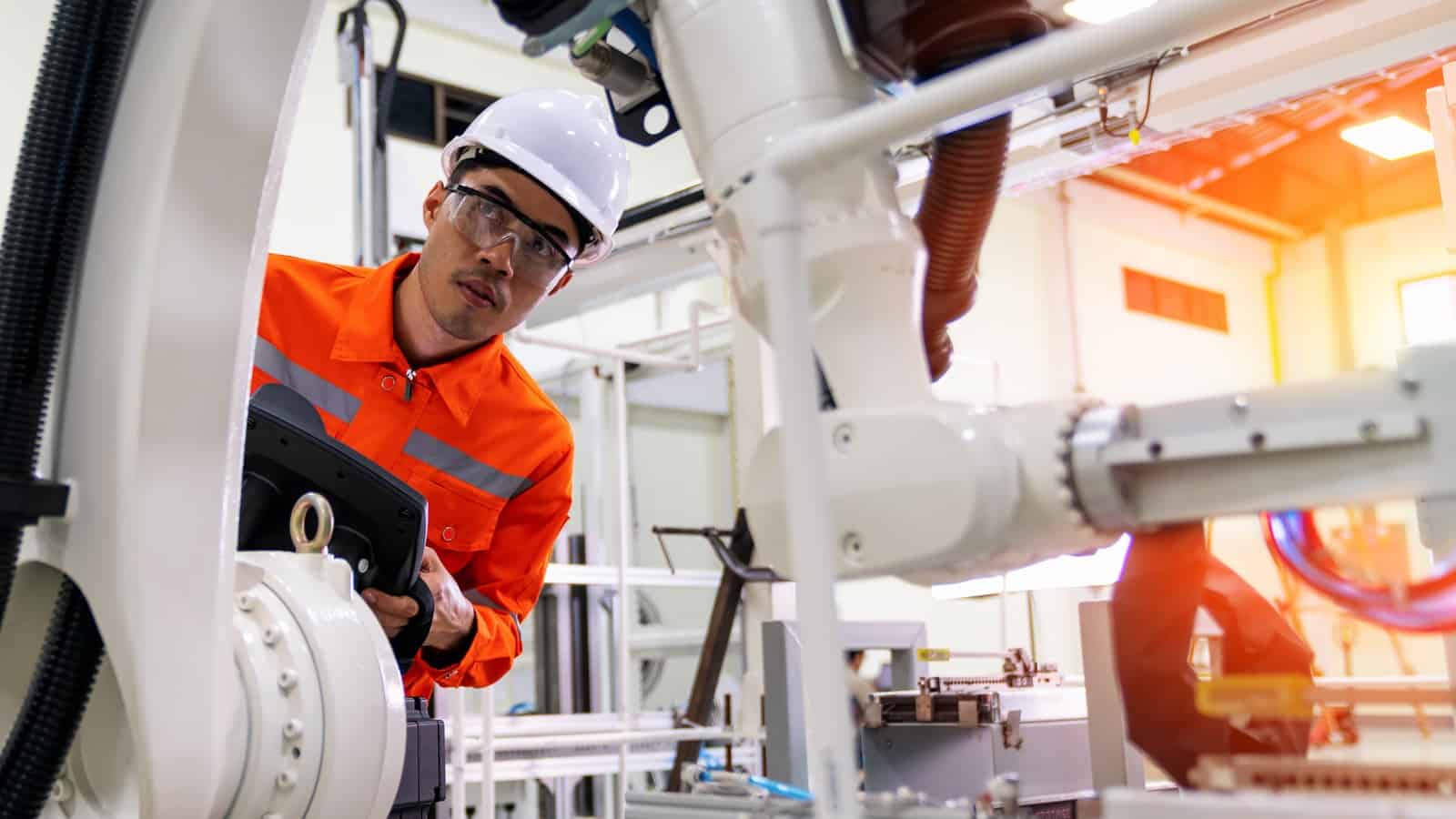
Given the many uncertainties brought about by COVID-19, supply chain disruptions, labor shortages and more, it might seem as though what happens in the coming decade is anyone’s guess. But on closer examination, there are signposts signaling some of what’s to come—and a closer look at them can help manufacturers plan for the coming years.
At the recent “Manufacturing in 2030: The Shape of Things to Come” event hosted by the NAM’s Manufacturing Leadership Council, in-person and virtual attendees heard from experts, examined trends, explored technologies and discussed upcoming challenges. The goal: to look into the future of manufacturing.
“We can’t be certain about what tomorrow will bring, let alone what might be in 2030,” said MLC Co-Founder David Brousell in his opening remarks. However, “we can project or extrapolate based on current trends and conditions, with a reasonable amount of probability, what the shape of manufacturing will look like in 10 years’ time.”
Why Manufacturing in 2030: Everything in manufacturing is changing, driven by technologies capable of giving decision makers more information than ever before. Prior to the pandemic, companies were already making changes to their organizational structures, shifting from hierarchical models to more collaborative means of organizing people and processes. COVID-19 has only accelerated this change.
Brousell explained: “All around us, conventional notions of what can be accomplished in production … are being reimagined.”
Challenges and opportunities: Upcoming challenges discussed included continued global supply chain disruptions, climate change and the redefinition of the human–machine relationship. Speakers examined the technological, organizational and leadership characteristics that can set manufacturers apart and provide them with a competitive advantage.
What’s next: The MLC will soon launch its yearlong “Manufacturing in 2030” project, which will help manufacturers explore, understand and plan for the future of the manufacturing industry in the next decade.
Said Brousell: “If we do things right in the next 10 years, we have the opportunity to create the greatest engine of manufacturing production humankind has ever seen.”
COMPETES Act Supports Manufacturers’ Call for Stronger Stance on China, Addresses Inflation
Timmons: Lawmakers can feel confident that supporting this bill means supporting the future of manufacturing in America
Washington, D.C. – National Association of Manufacturers President and CEO Jay Timmons released the following statement today on the introduction of the America COMPETES Act by the U.S. House of Representatives:
“The introduction of the America COMPETES Act, which includes many components of the overwhelmingly bipartisan U.S. Innovation and Competition Act, is a major step forward, and lawmakers can feel confident that supporting this bill means supporting the future of manufacturing in America. Not only would its provisions help address inflation and alleviate supply chain challenges we’re facing today, but the bill provides significant investment in U.S. semiconductor manufacturing, which would also help us avert future crises. This bill also includes funding for a Supply Chain Resilience and Crisis Response Office at the Department of Commerce. I’ve discussed the programs that this office would oversee with Secretary Raimondo, and manufacturers strongly back these initiatives, which would include game-changing grants, loans and loan guarantees.
“This legislation would strengthen U.S. leadership in global climate innovation, improve environmental research and fill critical gaps in data—all while holding China accountable as the world’s biggest emitter. Manufacturers look forward to working with Congress on all elements of this legislation to ensure it meets the needs of our industry and supports America’s manufacturing workers and American families by putting the United States in a much stronger competitive position toward China.
“We will work to get it passed through the House and then work with the Senate to ensure that final legislation achieves the critical shared goals of this bill and the U.S. Innovation and Competition Act and makes it to the president’s desk.”
-NAM-
The National Association of Manufacturers is the largest manufacturing association in the United States, representing small and large manufacturers in every industrial sector and in all 50 states. Manufacturing employs 12.5 million men and women, contributes $2.52 trillion to the U.S. economy annually and has the largest economic multiplier of any major sector and accounts for 58% of private-sector research and development. The NAM is the powerful voice of the manufacturing community and the leading advocate for a policy agenda that helps manufacturers compete in the global economy and create jobs across the United States. For more information about the NAM or to follow us on Twitter and Facebook, please visit www.nam.org.
Sharpening America’s Competitive Edge
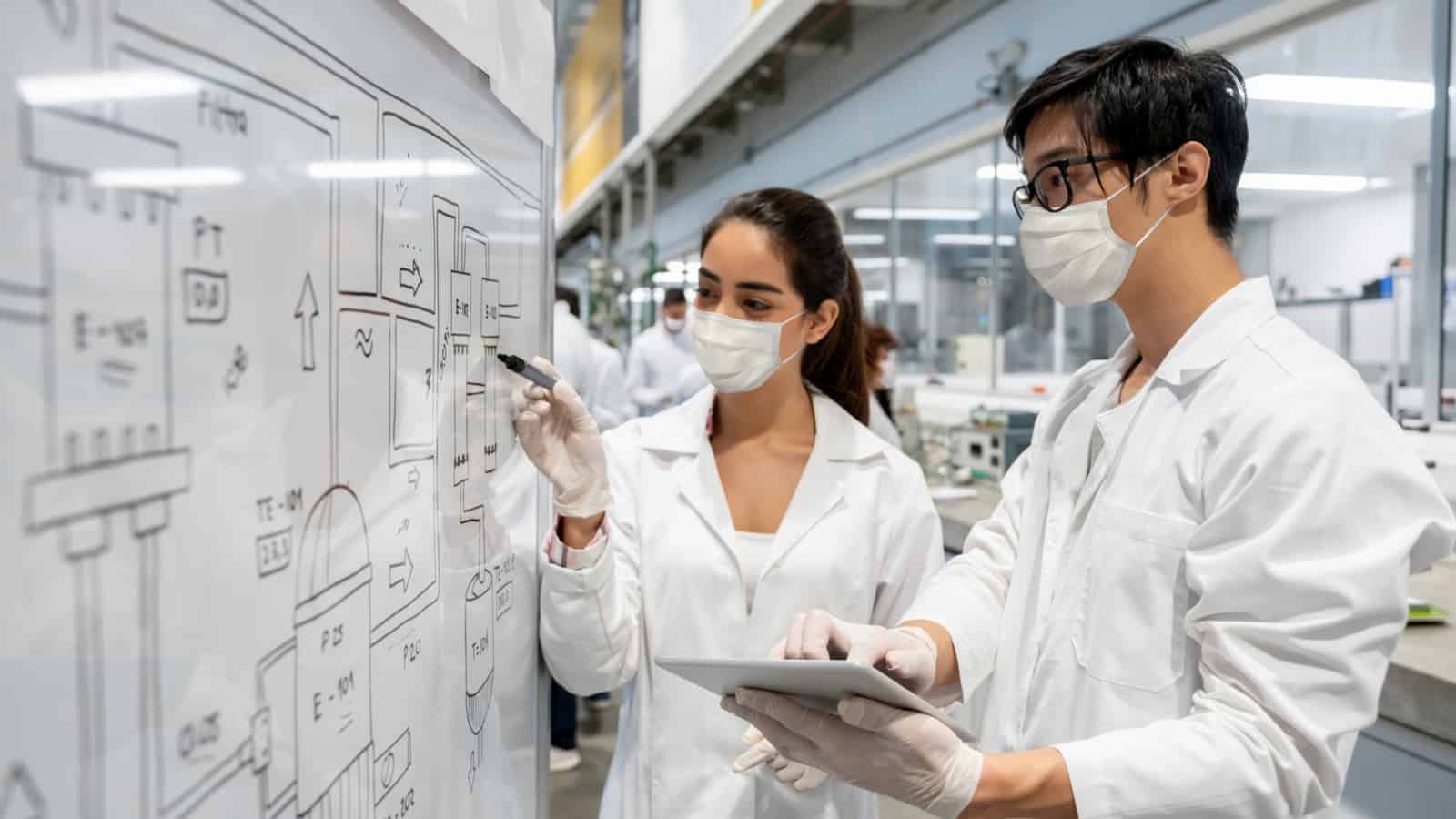
The Biden administration is making new commitments to semiconductor production and planning new policies designed to bring STEM talent to the United States—and manufacturing leaders are weighing in.
The background: Last week, the White House announced a series of actions to attract STEM talent, to strengthen the U.S. economy and to improve American competitiveness around the world.
What we’re saying: NAM President and CEO Jay Timmons joined Manufacturing Institute President Carolyn Lee in praising the actions, while also pushing for continued work on these critical issues.
- “The supply chain and economic disruptions facing American families and the manufacturing industry are driven in part by the severe worker shortage and by the serious chip shortage,” said Timmons. “Today, the White House has announced promising developments on both fronts, and we will work with the administration and Congress to build on this progress even further.”
- “Manufacturers are leading America’s recovery, but we still need to hire more than 800,000 workers right now,” said Lee. “And according to the MI’s research with Deloitte, we will have 4 million jobs to fill by the end of the decade, 2.1 million of which could go unfilled if current trends continue. That sustained need is why the NAM and the MI launched our nationwide Creators Wanted workforce campaign. It’s why we have long focused on programs and policies of all types that will grow the pool of STEM talent in America. We have to come at this crisis from every angle, and the MI and the entire industry will continue using every tool at our disposal to inspire, educate and empower the next generation of creators.”
The road ahead: Timmons highlighted the path forward and noted additional important actions to meet current and future needs.
- On semiconductor production: “To ramp up domestic semiconductor production, we can’t stop at today’s action, though,” said Timmons. “Too many manufacturing sectors have been unable to deliver the products American families need because they lack key components. Manufacturers are working overtime to overcome this challenge, but Congress has to do its part, which means passing USICA. Doing so will not only shore up our recovery and ease supply chain strains but also strengthen our economy and national security.”
On attracting STEM talent: “These immigration policies will also undoubtedly sharpen America’s competitive edge and help us outpace and out-innovate the rest of the world,” said Timmons. “In far too many cases, we’ve seen brilliant minds educated at American universities leave because our outdated immigration system doesn’t let them put their talents to work for America’s future. Now we can start to reverse that trend, among other key policy changes. As part of ‘A Way Forward,’ our plan for comprehensive immigration reform, we have long called for immigration policies that are responsive to clear economic needs. These policies meet that test, meaning that they will benefit our workers, our communities and our industry, empowering us to create even more opportunities for the American people.”
Manufacturing Leaders Welcome White House STEM Policy Push
Washington, D.C. – National Association of Manufacturers President and CEO Jay Timmons and Manufacturing Institute President Carolyn Lee released the following statement on the administration’s announcements on semiconductor production and new policy efforts to attract STEM talent to the United States:
“The supply chain and economic disruptions facing American families and the manufacturing industry are driven in part by the severe worker shortage and by the serious chip shortage. Today, the White House has announced promising developments on both fronts, and we will work with the administration and Congress to build on this progress even further,” said Timmons. “To ramp up domestic semiconductor production, we can’t stop at today’s action, though. Too many manufacturing sectors have been unable to deliver the products American families need because they lack key components. Manufacturers are working overtime to overcome this challenge, but Congress has to do its part, which means passing USICA. Doing so will not only shore up our recovery and ease supply chain strains but also strengthen our economy and national security.
“These immigration policies will also undoubtedly sharpen America’s competitive edge and help us outpace and out-innovate the rest of the world. In far too many cases, we’ve seen brilliant minds educated at American universities leave because our outdated immigration system doesn’t let them put their talents to work for America’s future. Now we can start to reverse that trend, among other key policy changes. As part of ‘A Way Forward,’ our plan for comprehensive immigration reform, we have long called for immigration policies that are responsive to clear economic needs. These policies meet that test, meaning that they will benefit our workers, our communities and our industry, empowering us to create even more opportunities for the American people.”
“Manufacturers are leading America’s recovery, but we still need to hire more than 800,000 workers right now,” said Lee. “And according to the MI’s research with Deloitte, we will have 4 million jobs to fill by the end of the decade, 2.1 million of which could go unfilled if current trends continue. That sustained need is why the NAM and the MI launched our nationwide Creators Wanted workforce campaign. It’s why we have long focused on programs and policies of all types that will grow the pool of STEM talent in America. We have to come at this crisis from every angle, and the MI and the entire industry will continue using every tool at our disposal to inspire, educate and empower the next generation of creators.”
“All in all, it’s a day of positive developments for manufacturing in America,” added Timmons.
-NAM-
The National Association of Manufacturers is the largest manufacturing association in the United States, representing small and large manufacturers in every industrial sector and in all 50 states. Manufacturing employs more than 12.5 million men and women, contributes $2.52 trillion to the U.S. economy annually and has the largest economic multiplier of any major sector and accounts for 58% of private-sector research and development. The NAM is the powerful voice of the manufacturing community and the leading advocate for a policy agenda that helps manufacturers compete in the global economy and create jobs across the United States. For more information about the NAM or to follow us on Twitter and Facebook, please visit www.nam.org.
-The MI-
The MI grows and supports the manufacturing industry’s skilled workers for the advancement of modern manufacturing. The MI’s diverse initiatives support all workers in America, including women, veterans and students, through skills training programs, community building and the advancement of their career in manufacturing. As the workforce development and education partner of the NAM, the MI is a trusted adviser to manufacturers, equipping them with resources necessary to solve the industry’s toughest challenges. For more information on the MI, please visit www.themanufacturinginstitute.org.
“What’s Ahead for 2022?” Predicts Growth, Continued Challenges
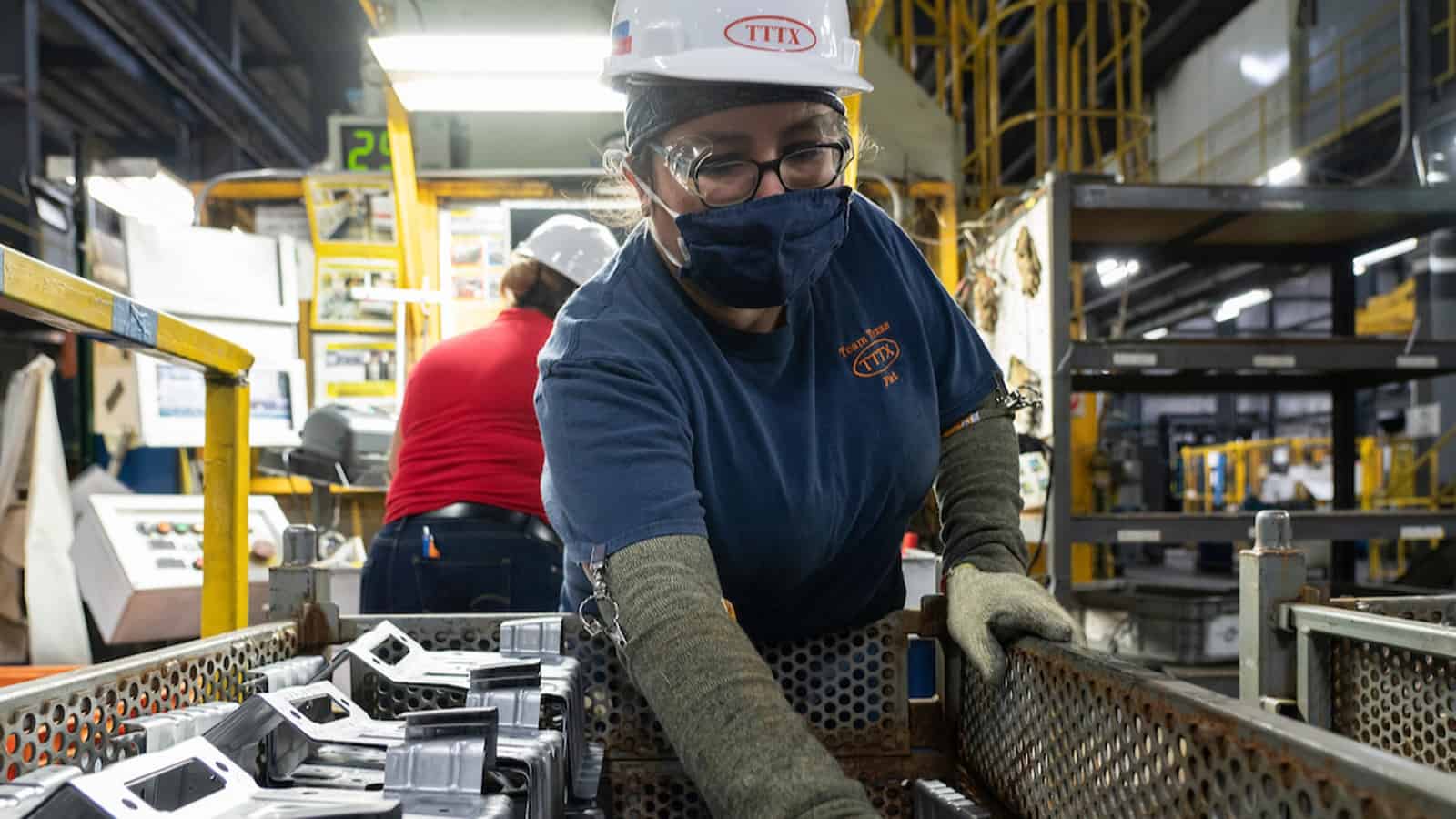
Remote work, digital twins, an increased focus on sustainability and continued talent shortages: these are just some of the trends affecting manufacturers that we’re likely to see in 2022 and beyond, according to a group of expert panelists on the recent Manufacturing Leadership Council’s “What’s Ahead in 2022?” Critical Issues Panel. The NAM’s MLC is a global business leadership network dedicated helping to senior executives leverage digital transformation in the manufacturing industry.
We rounded up some of the top predictions as they pertain to manufacturers.
Economy
- Manufacturing production will continue to be strong, said panelist and NAM Chief Economist Chad Moutray. Toward the end of 2021, it was 2% above February 2020, “a sign that we’re continuing to move in the right direction despite … continuing supply chain challenges.”
- S. labor-force participation is not likely to return “where it was pre-pandemic,” Moutray said. “A fair share of that is coming from retirement … [and] some people who are continuing to worry about child care and schooling.”
- The economy will grow about 4% in 2022, Moutray predicted.
Policy
- Washington will make moves to ease supply chain problems. “Congress knows they must do something to unleash the bottlenecks,” said panelist and NAM Senior Vice President of Policy and Government Relations Aric Newhouse. Legislation could involve workforce-participation incentivization in the form of training programs, as well as giving additional resources to ports.
- The vaccination and testing Emergency Temporary Standard will be “an area for continued movement” in 2022, Newhouse said.
Technology
- Technology will find ways to cope with what are likely to be ongoing workforce shortages, IDC Energy and Manufacturing Insights Group Vice President Kevin Prouty said. These will include automation and technologies to enable virtual and remote work.
- More manufacturers will begin using vision analytics, Prouty said, owing to the increased affordability of cameras and the ease with which footage can be analyzed, shared and moved in the cloud.
- Use of artificial intelligence will start to become the norm among manufacturers rather than the exception, panelist and MLC Content Director Penelope Brown said. “We’re seeing manufacturers move away from that research phase and much more toward a roadmap” for how they’re going to use AI in their plants.
Environment
- There will be greater, more widespread movement toward sustainability. In a recent MLC survey of manufacturers, 87% said they believed manufacturing had a responsibility to society to be more sustainable, Brown said.
Dive in deeper with the MLC’s recently redesigned website, and ensure your team has access to the MLC’s full network and suite of intel, events and other resources.
Manufacturers Announce Addition of Innovation Research Interchange
Key Milestone in Vision to Be One-Stop Shop for Manufacturing
Washington, D.C. – National Association of Manufacturers President and CEO Jay Timmons today announced plans to continue the NAM’s ambitious organizational growth by combining with the Innovation Research Interchange.
The IRI is a leader in helping companies drive innovation and develop the cutting-edge technologies that keep manufacturing strong. The NAM’s growing array of services and thought leadership represents another key milestone in the vision adopted by the NAM Board of Directors to become the one-stop shop for manufacturers.
“The modern association must constantly innovate and evolve to best serve its industry, and with the addition of the Innovation Research Interchange, NAM members will have access to the widest array of expertise and services in the history of the association. With this transformational development, the NAM and our industry will benefit from world-class R&D thought leadership and the proven strategies that the IRI has perfected. The IRI will continue to support organizations in their mission to drive innovation, and it will enjoy access to the largest network of manufacturing companies and leaders,” said Timmons. “This development enhances the value proposition for NAM members and is part of our ongoing commitment to provide programming that exceeds our members’ expectations.”
IRI President Ed Bernstein will continue to lead the IRI’s day-to-day operations as vice president and executive director, reporting to NAM Chief Operating Officer Todd Boppell.
“The NAM is the perfect partner for the IRI,” said Bernstein. “Together, we will be the preeminent thought leadership organization for innovation management. We have a proud history of helping manufacturers and others lead R&D that produces lifechanging products and technologies. As part of the NAM, we will be able to equip even more industry leaders with the tools to ensure that innovation is impactful throughout the entire enterprise.”
The combination with the IRI follows the NAM’s acquisition of the Manufacturing Leadership Council in 2018. “As a member of the Manufacturing Leadership Council, I’ve seen firsthand how the MLC has been strengthened since becoming part of the NAM,” said Entegris Director of Digital Transformation and IRI Board Chairman Steven Moskowitz. “The access to even more resources and an incredible network has been invaluable—especially through the ongoing pandemic and supply chain disruptions. That’s why I believe that bringing the IRI, MLC and NAM together is the right move for everyone—IRI members, NAM members and the entire industry. The combination of the IRI, MLC and NAM will not only provide continued leadership from each individual organization for their members, but also create opportunities for new value across the entire product lifecycle, thus demonstrating the old adage that the total is greater than the sum of the parts. This positions all of us for even greater success and creates the future-facing organization we need.”
As part of the transition, IRI staff will join the NAM team. More information on the IRI can be found here.
-NAM-
The National Association of Manufacturers is the largest manufacturing association in the United States, representing small and large manufacturers in every industrial sector and in all 50 states. Manufacturing employs 12.5 million men and women, contributes $2.52 trillion to the U.S. economy annually and has the largest economic multiplier of any major sector and accounts for 58% of private-sector research and development. The NAM is the powerful voice of the manufacturing community and the leading advocate for a policy agenda that helps manufacturers compete in the global economy and create jobs across the United States. For more information about the NAM or to follow us on Twitter and Facebook, please visit www.nam.org.
-Innovation Research Interchange-
Innovation Research Interchange (formerly the Industrial Research Institute) is an inclusive membership organization with hundreds of global members in private-sector companies, federally funded laboratories, universities and others. Founded in 1938, we lead and advance the field of innovation management by creating contemporary practices. Some of the world’s most widely adopted models—such as “open innovation,” “front end of innovation” and “stage-gate”—were born from the work of our members. We value strength in cooperation and partner with other organizations at the forefront of developments in innovation management, creating a hub for all to convene and contribute in an experimental, noncompetitive and noncommercial environment. For more information, visit www.iriweb.org.
When and How Will Manufacturing Achieve Net-Zero Emissions?
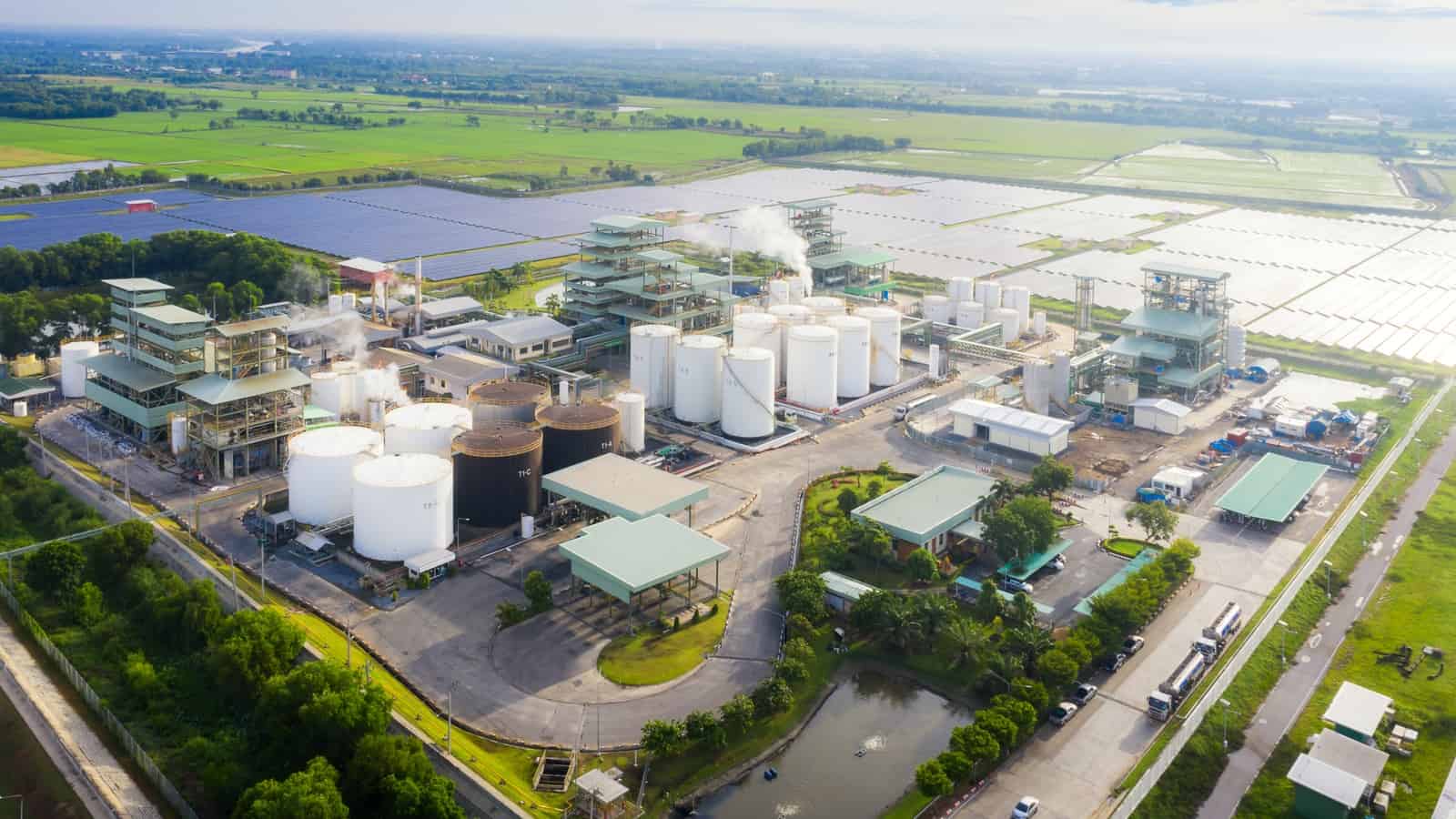
When it comes to sustainability, the question is no longer whether manufacturing needs to work to create a greener industrial future—it’s when.
To help manufacturers advance their sustainability efforts and achieve net-zero emissions by 2050, the NAM’s Manufacturing Leadership Council has dedicated the December/January issue of the Manufacturing Leadership Journal to Manufacturing 4.0 sustainability.
Key Highlights from the Latest ML Journal
- Sustainability survey: Review the results of the MLC’s latest M4.0 sustainability survey to understand manufacturing-leader sentiment about climate change. Learn how the pandemic is changing the way leaders prioritize sustainability and net-zero strategies. Plus, find out how sustainability can affect future growth and competitiveness.
- Practical examples: See what forward-thinking companies such as Procter & Gamble are doing to slash emissions and fight climate change. Also, discover M4.0 strategies and technologies to help you develop your own net-zero action plan.
- Current conversation: Understand the successes, opportunities and challenges in the race to achieve net zero by 2050. Hear from thought leaders such as MLC Co-Founder David Brousell and Lisle Corporation President Mary Lisle Landhuis.
- Potential obstacles: Learn the roadblocks to developing a sustainability program and how to overcome them. Know the challenges of adopting a circular-economy mindset and why it’s well worth having.
Why the ML Journal matters: Sustainability is just one of the exciting topics discussed in the ML Journal. Throughout the year, you’ll find case studies, interviews, technology showcases and deep insights on M4.0 from manufacturers working on the front lines. The Journal is a quick, easy way to stay current on the digital revolution—and sharpen your company’s competitive edge.
Click here to receive trial access to the entire December/January issue on M4.0 sustainability or to browse articles on a range of topics from past issues.
